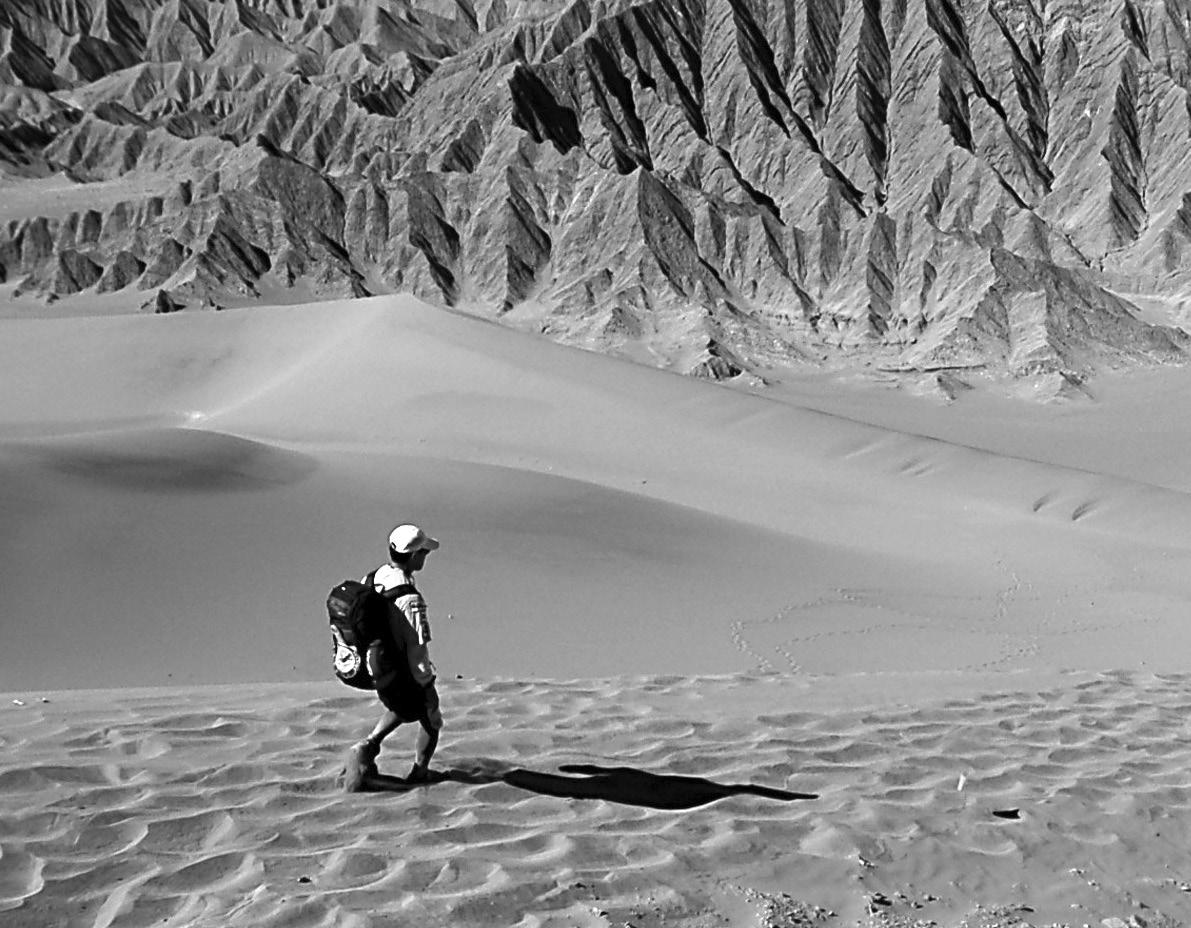ORIENTEERING AUSTRALIA
Orienteering Development Ben Rattray, Director (Development)
L
AST edition (which seems like yesterday), I wrote about some of the challenges that face Orienteering reaching larger audiences. This time I will address some of those challenges and offer solutions. The solutions are by no means exhaustive, and will hopefully provoke thought that will assist overcome the challenges further. Specifically, here are my thoughts on:
Groups Appeal / Issues Fitness / health Alternative to running/ conscious walking (boring) or gyms (expensive); May be time poor (think about event(s) timing and location)
Events Predominantly metro; Park/street areas; Shorter events; Mid-week. Day of activities/teambuilding for corporate groups Environmental Enjoy nature; Predominantly bush; Outdoors types Opportunity to continually May like mid-week explore new areas training/alternative Weekends away Competitive May be orienteers Avoid clashes with other Sports looking for training major events where opportunities; possible. Cross-training tool; Consider: fun-runs; adventure races; MTB Training tool for championships; Mid-week adventure racers; events; Street and park Consider group to be time poor (close events) events; Cross-training at bush event - may want a long run, but not hard navigation Families / Perhaps the main group Younger families limited all-ages for orienteering; mid-week Social aspects; Bush events – need to cater for all ages – different Everyone takes part (trans-generational sport) scale maps, different difficulty levels, string course, split times, etc. Weekends – may be good, although high accommodation expenses Students Adventure – based sport; Mid-week – day or morning through schools programs; Mental and physical challenge; Younger children limited mid-week after-hours Perceived interference (transport issues); with social life may be an issue Bush – transport assistance through clubs/ associations, similar to Tasmania
Growth solutions: How can we improve the product for newcomers?
The Challenges The Challenges posed in last episode; Awareness, Knowledge and Interest, and Perceptions are largely dealt with through advertising and provision of information.
Advertising Possibly the hardest aspect of them all. Orienteering Australia is continually investigating avenues for widespread advertising and cross-promotion with other organisations. There is however much that States, Clubs, organisers and individuals can do to assist. Advertising is about creating interest, and without knowledge of the potential market, these is little hope for success. Here are 5 potential market groups worth considering for directed marketing: • Individuals seeking to keep healthy – both mind and body • Individuals who are prepared to travel to pursue their sporting interests • Individuals who are environmentally conscious and spend time outdoors • Individuals who are involved in competitive sport • Individuals who are social covering the full range of age-classes, the old and the young (typically from 8 to 80 years old) Below are some suggestions on where and how to advertise to different subgroups. 34 THE AUSTRALIAN ORIENTEER DECEMBER 2006
Reaching the audience Through: Children; Workplace; GPs and health groups; Fitness Centres/Gyms; Media (best for newspaper advertisements?) Through: Workplace; Outdoor websites/ magazines (e.g. Outdoor magazine) At events (fun-runs, adventure races); On sporting websites (see October edition); Orienteering means – effective e-newsletters etc
Through: Children/school; Workplace; GPs, health groups; Children’s activities (scouts etc); Media (good for newspaper advertisements?) Through: Internet; School (directly or PD of teachers); Children’s activities (scouts etc); Other sports/events
Provision of Information Attracting interest through advertising should be assisted by the availability of further information. While some information is provided in advertising material, the bulk can be supplied through reference within advertisements. Information should be available to address the challenges, as well as general information about the sport, what to expect at an event and event schedules. Orienteering does a reasonable (sometimes excellent) job through State and Club websites providing information on event schedules and general information, i.e. what to expect at an event, what you need to orienteer. Perhaps we can do more to address the other challenges such as expectations and perceptions identified last issue. The provision of information does not end at a website of course; some can be dispersed through newcomer packs and in crosspromotional material with other organisations. Orienteering Australia is also looking at developing an information pack for media use, as well as looking at ways of re-invigorating the information and materials provided to schools programs. The provision of information, whatever the form, is key to ensuring knowledge, interest and perceptions about the sport are optimised.
Event location and timing Event programming is a large issue and one that is continually debated within States, Clubs and at Orienteering Australia level. No doubt I will pick this issue up at another time, but in terms of newcomers we must consider any barrier that prevents people

















